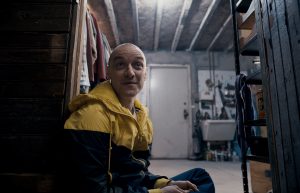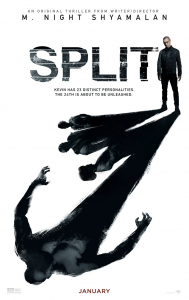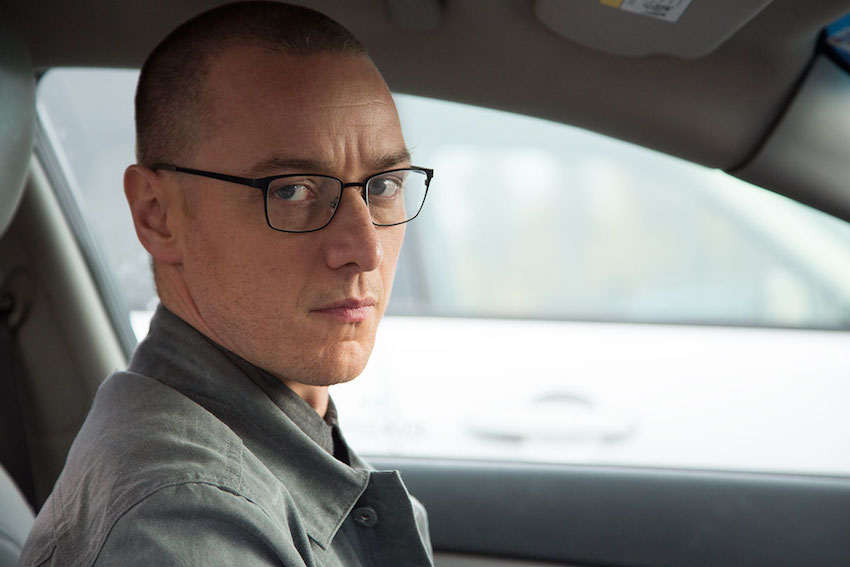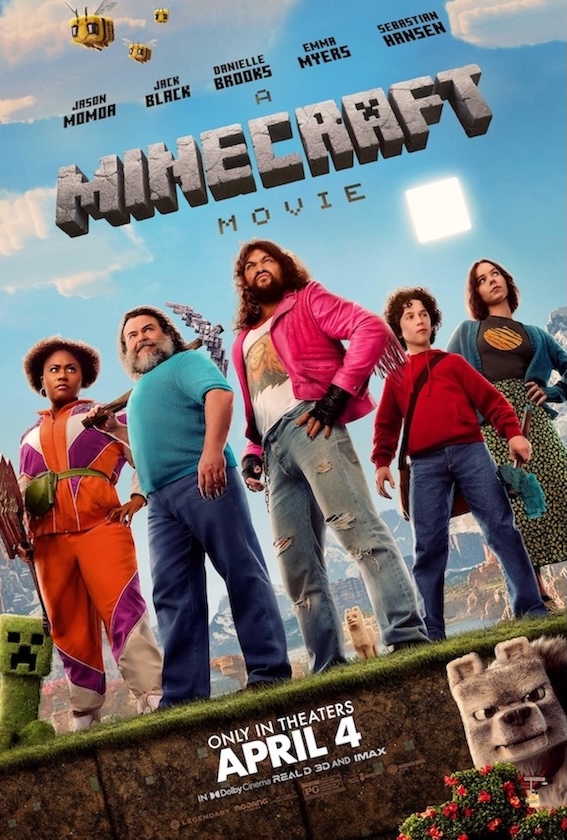Split character portrays multiple personalities

M. Night Shyamalan’s previous films have garnered him both immense praise (see The Sixth Sense and Unbreakable), and more recently, critical lambasting (see After Earth, Avatar: The Last Airbender, and The Happening). With Split, Shyamalan proves he can still direct a thriller that keeps audiences on the edge of their seats.
An intense opening scene begins the movie, with social outcast Casey (Anya Taylor-Joy) and two of her classmates (Haley Lu Richardson and Jessica Sula) getting abducted by a creepy, emotionally-detached man named Kevin (James McAvoy). After a sleek credits sequence, we discover he frequently changes personalities (including gender and age); each acts differently toward the girls, depending on which one is in control.
The success of Split hinges on McAvoy’s ability to portray different characters, whether it be man, woman or child. Without his superb acting skills, this movie could have been an unintentional comedy. McAvoy avoids this by bringing unique and convincing accents, gestures, and mannerisms to each personality.
Throughout the movie, Kevin mentions that ‘The Beast’, a new, unknown personality, is coming to purify the earth. Casey seeks to learn what this means several times, but to no avail. The question of who exactly this figure will be exists in the viewer’s mind for the entire movie.
While the girls try to escape their imprisonment, many interactions take place between Kevin and his therapist, Dr. Karen Fletcher (Betty Buckley), in her office. She devotes her time to studying and assisting people who suffer from dissociative identity disorder. Scenes with Dr. Fletcher serve to provide relief from the dark tone, change the setting, and give background on Kevin’s condition. Unfortunately, all they do is disrupt the pacing whenever they show up.
[soundcloud url=”https://api.soundcloud.com/tracks/321938131″ params=”auto_play=false&hide_related=false&show_comments=true&show_user=true&show_reposts=false&visual=true” width=”100%” height=”150″ iframe=”true” /]
Flashbacks are employed for similar reasons, but dodge this issue by mounting the tension during them. Casey’s troubled past reveals itself through six of these; we learn why she is an introvert, and what allows her to keep her calm under pressure. These flashbacks seem to exist solely in place of any character development for Casey.
Anya-Taylor Joy shines when she gets to act against McAvoy’s many roles. Besides Kevin, her character is the most fun to watch due to her cleverness; she is a tactician, first and foremost, whose only goal is to escape alive.

Humor also lightens the mood in order to allow the audience to breathe freely (albeit temporarily). At one point, the camera pans across a sink with 23 different toothbrushes (the amount of personalities Kevin houses). Kevin’s child and mother characters also create many funny moments; watching an accomplished screen and stage actor play a nine-year old is hysterical.
Still, Split is at its absolute best when the girls try to escape their confines. All of the heart-pounding scenes occur during these periods; these masterfully-crafted action sequences pit ingenuity against brute force, prey against predator.
The cinematography of Split contributes to the mood established by the setting. The camera quickly swivels around whenever Kevin enters the girls’ dreary, cramped room. During hallway chase scenes, only about the middle third of the screen is utilized, which makes the viewer feel just as claustrophobic as the people on screen.
If Shyamalan’s more recent movies have disappointed you, I encourage you to set those feelings aside and judge this movie by its own merits. If you want a tense thriller with superb acting and are willing to sacrifice a tight script and any major character development, then Split is for you.
[rwp-review id=”0″]
For Split showtimes near you, visit Fandango.
This writer can be reached via Twitter: @Will_VanderKooi and email: Will Vander Kooi.
For more features read, Social Club Misfits produced deep, personal album.




